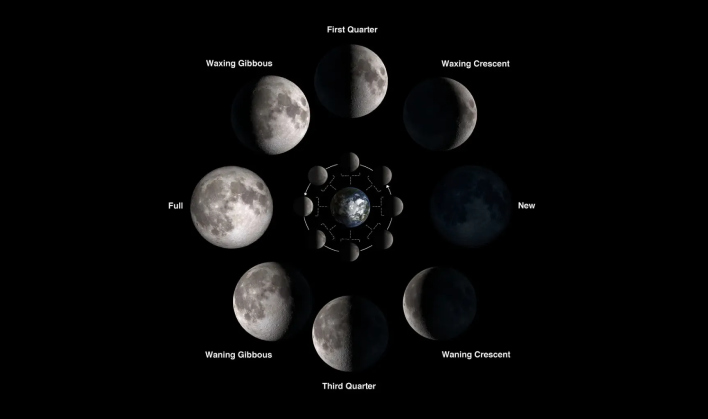June’s Strawberry Moon To Coincide With A Historic Start To Summer Solstice
The summer solstice will begin at 4:50pm EDT on Thursday, June 20 (today), and with it comes the longest day of the year for those in the Northern Hemisphere. For those south of the equator, the astronomical winter brings with it the shortest day of the year. The chance that the full moon falls on the same day as the summer solstice is extremely rare, with this year’s Strawberry Moon occurring just one day after the summer solstice takes place.
The Strawberry Moon got its name in the 1930s from the Maine Farmer’s Almanac, which often used Indian names for full moons. This time of year marks a brief season for picking strawberries in the north-eastern United States, hence the name. Other names for June’s Moon are the Flower Moon, Hot Moon, Hoe Moon, and Planting Moon. Another European name for this full moon is the Rose Moon. "Rose Moon” comes from the roses that bloom at this time of year.
Hindus celebrate Vat Purnima during this time of year for three days during the full Moon. Married women show their love for their husbands by tying a ceremonial thread around a banyan tree. Buddhists refer to this full Moon as the Poson Poya. The Poya holiday in Sri Lanka celebrates the introduction to Buddhism in 236 BCE.
For those wanting to catch the Strawberry Moon as it rises in the evening sky, it will appear opposite of the Sun (in Earth-based longitude) at 9:08pm EDT, according to NASA. Making an appearance alongside the Moon will be Venus and Mercury, with Venus setting 21 minutes and Mercury setting 43 minutes after sunset. NASA remarked Mercury may be visible from about 30 minutes after sunset until it sets 13 minutes later.
As twilight begins at 4:31am EDT, the brightest planet in the sky will be Jupiter, located about 3 degrees above the east-northeastern horizon. Mars will be 19 degrees above the eastern horizon and the Saturn (nearly as bright as Mars) will be 37 degrees above the southeastern horizon.
The Moon will appear full for the next three days, or from Thursday evening through Sunday morning. If anyone happens to get a picture of the Strawberry Moon, feel free to share in the comments below.


